The Old Continent ended 2015 on an up note as far as new cars are concerned. 12.6 million passenger vehicles were sold in the period, representing a 9.3 percent rise year-on-year. Despite the uplifting trend, Europe still has a long way to go to equal the 18.2 million peak from 2007, right before the financial crisis made everything go downhill.
Here Are the Most Popular Used Cars in Europe
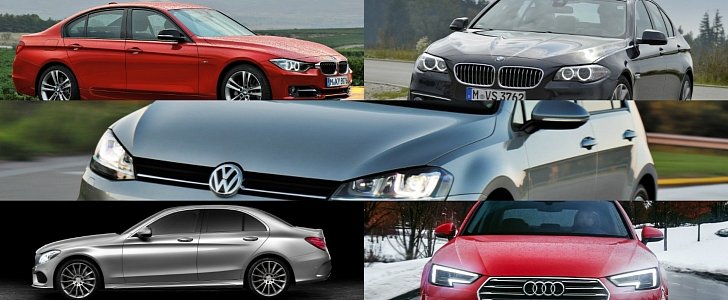
Industry analysts are expecting the market to erode because births in Europe peaked during the 1960s. What that means is that the people who made the new car market peak in 2007 will cause it to implode by 2025. As if the aging population wasn’t enough of a problem for carmakers in Europe, the Millennial Generation isn’t as interested as Generation X in owning a car. That’s why car sharing became a thing as of late.
The thing is, these people are missing the joys and woes of driving a car they bought with their own hard-earned euros. These people will never experience the freedom a personal means of transportation offers, nor the expenses that come with ownership. Stop me if you think you’ve heard this one before – get over your bicycle and start saving for a car.
Speaking of which, most Europeans prefer to go the second-hand route. Of course, used equals cheaper, but the drawback to buying an automobile previously owned by someone else is a thrill in its own right. These being said, what are the most sought-after used cars in Europe?
Although small crossovers such as the Renault Captur are gaining attention in the new car market, the Golf, Fiesta, and Polo continue to be the best-selling new cars in Europe. By contrast, the Golf takes second place on the second-hand scene. Other than the ever-popular compact hatchback from Wolfsburg, the other cars on our list are premium sedans. And the only thing they have in common is that they’re made in Germany.
Based on statistics such as real-world sales and search data from mobile, AutoScout24, and AutoTrader, here are Europe’s most popular used cars:BMW 3 Series
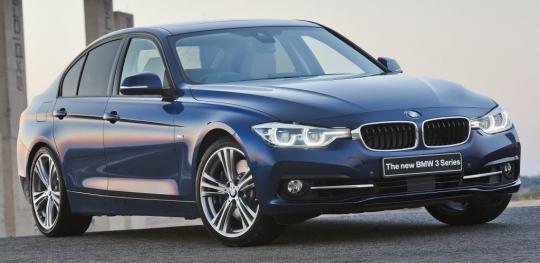
Surprised? I’m not. Even in 320d form, the BMW 3 Series is the best embodiment of the “ultimate driving machine” for a normal person. I’m not a fan of diesel, but I can’t deny how good the diesel-fed 3 Series is.
Chris Harris once posed the question “Do you need anything more than a BMW 320d?” The answer to that is probably, but not much more than what a BMW 320d offers. Top Gear entered a 330d in the Britcar 24 Hour Endurance Race and boy that six-cylinder turbo diesel engine had it tough. Overall, the Top Gear team finished 39th overall and 3rd in class.
There are 15,000 used BMW 3 Series in Germany alone. If you’re low on cash, an E46 320d starts from €1,250. I don’t recommend that heap of rust, though, for pretty obvious reasons. The sweetest offer regarding age, mileage, and pricing comes in the form of all those E90s lying in second-hand dealer lots with less than 100,000 kilometers on the clock.Volkswagen Golf
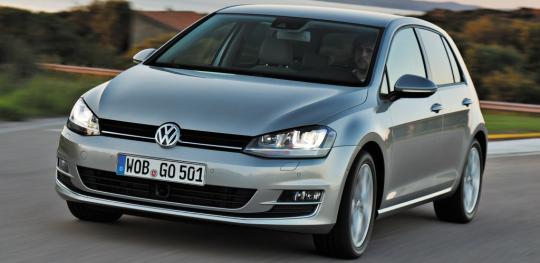
Ah, the Golf. When Volkswagen brought this thing to market in 1974, its primary objective was to fill the void left by the aging Beetle. Compared to The People’s Car, the Golf was a radically different approach to the cheap car genre. Engine at the front, drive sent to the front wheels, a hatchback instead of a front trunk, liquid-cooled engine instead of air-cooled, virtually everything was different from Ferdinand Porsche’s not-so-original design.
Another thing that made Europe fall in love with the VW Golf is that you can have it in many shapes and sizes: 5-door or 3-door hatchback, 5-door wagon, 2-door convertible, 5-door MPV, you name it, there’s a Golf tailored to your needs. AWD? The Golf has 4MOTION since the Mk2. An economical turbo diesel engine? A four-cylinder unit with up to 184 PS is powerful enough for most people in the market for a frugal hatchback.
Every generation of the Golf has its own problems, as does every engine option. My only recommendation is to stay away from the hugely unreliable chain-driven 1.2 and 1.4 TSI engines. Oh, and another thing you shouldn’t go for – the problematic dry-clutch 7-speed DSG automatic transmission. Wet-clutch DSGs are more reliable provided that the fluid and microfilter are changed every three years or 60,000 kilometers.BMW 5 Series
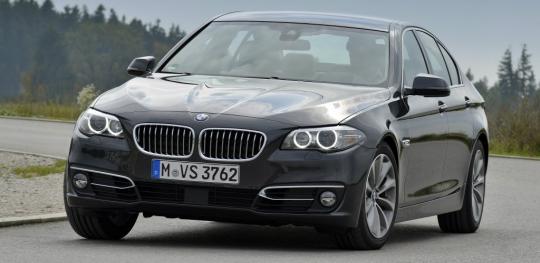
When it comes to mid-size luxury, the BMW 5 Series ticks all the right boxes. I know that the most popular taxi in Germany is the Mercedes-Benz E-Class, but that model is too generic in my book. Here’s a fun fact about the 5 Series – it’s the second best-selling BMW after the 3 Series compact executive sedan. Millions of buyers can’t be wrong, can they?
My petrolhead senses tingle when I hear M followed by a 5, but let’s keep our feet on the ground for a moment. Most BMW 5 Series come with a four-cylinder diesel under the hood because Europeans are mad about Satan’s fuel. In a curious manner, diesel suites the 5 Series well if you’re looking for a commuter vehicle or a comfortable cross-country cruiser.
Whatever model floats your boat, don’t go for one equipped with the SMG electrohydraulic manual transmission. Even though the SMG III was the fastest shifting transmission before the Ferrari 599 GTB Fiorano took its crown, owners of SMG-equipped BMWs gave a meaningful acronym to the automated manual – Serious Money Gone. You have been warned.Audi A4
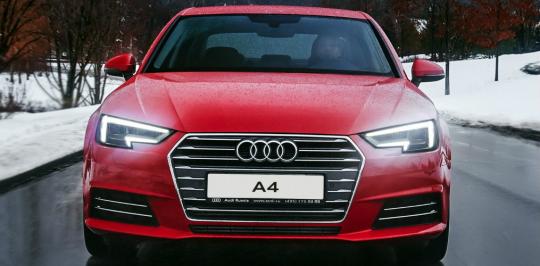
I confess that I didn’t like the Audi A4 in the past. Every generation of the A4 had more than one thing in common with the Volkswagen Passat. Dressing a volume car in nicer clothes isn’t my definition of premium, but then again, the Volkswagen Group is known to work in mysterious ways.
The upside to this case of platform sharing is that some components are interchangeable between the A4
and Passat, especially on the older generations. And no, I’m not referring to the defeat device that triggered the Dieselgate scandal. Oh, and another thing – it’s easy to find spare or replacement parts if something goes wrong, be it mechanical or electrical.
As for pricing, that depends on how much is in the piggy bank and what are you looking for in an A4. Economy? 2.0 TDI. Neutral handling characteristics? Get one with quattro AWD. Space for the family? Go for the Avant. A little off-road capability? The allroad is the A4 that offers it. Mind-boggling performance? An Audi RS4 should do the trick just fine.Mercedes-Benz C-Class
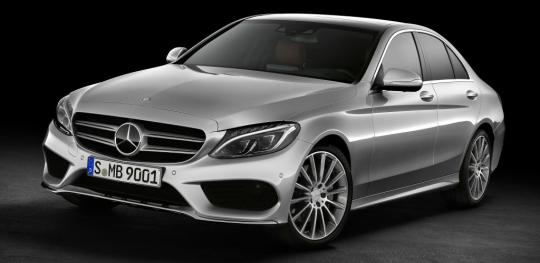
After Mercedes-Benz replaced the 190 E (W201) with the C-Class (W202 to W205), the three-pointed star never looked back. The German manufacturer gradually softened the look of the C-Class from a brick to a lessened S-Class and good golly does the current generation look alright.
It’s my favorite of the attainable models in the Mercedes-Benz lineup and its popularity grows year after year after year. The problem with it is that it starts at €31,773 in Germany for the C 180 d. Yes, the one with the 1.6-liter Renault dCi turbo diesel. The no-frills model with 116 horsepower (85 kW) driving the rear wheels. Thanks, Mercedes-Benz, but no thanks.
A W204 T-Modell with the M272 V6 and 4Matic is more like it. Most owners of the previous-generation C-Class are complaining about the reliability of electrically controlled functions, so look out for those gremlins if you’re interested in such a second-hand car. W203 and earlier models tend to come with too many kilometers on the clock, which is a big no-no for people that want to use the car as a daily driver for five years without anything else but regular servicing.Editor’s note:
Current generations pictured, older models featured in the photo gallery.








